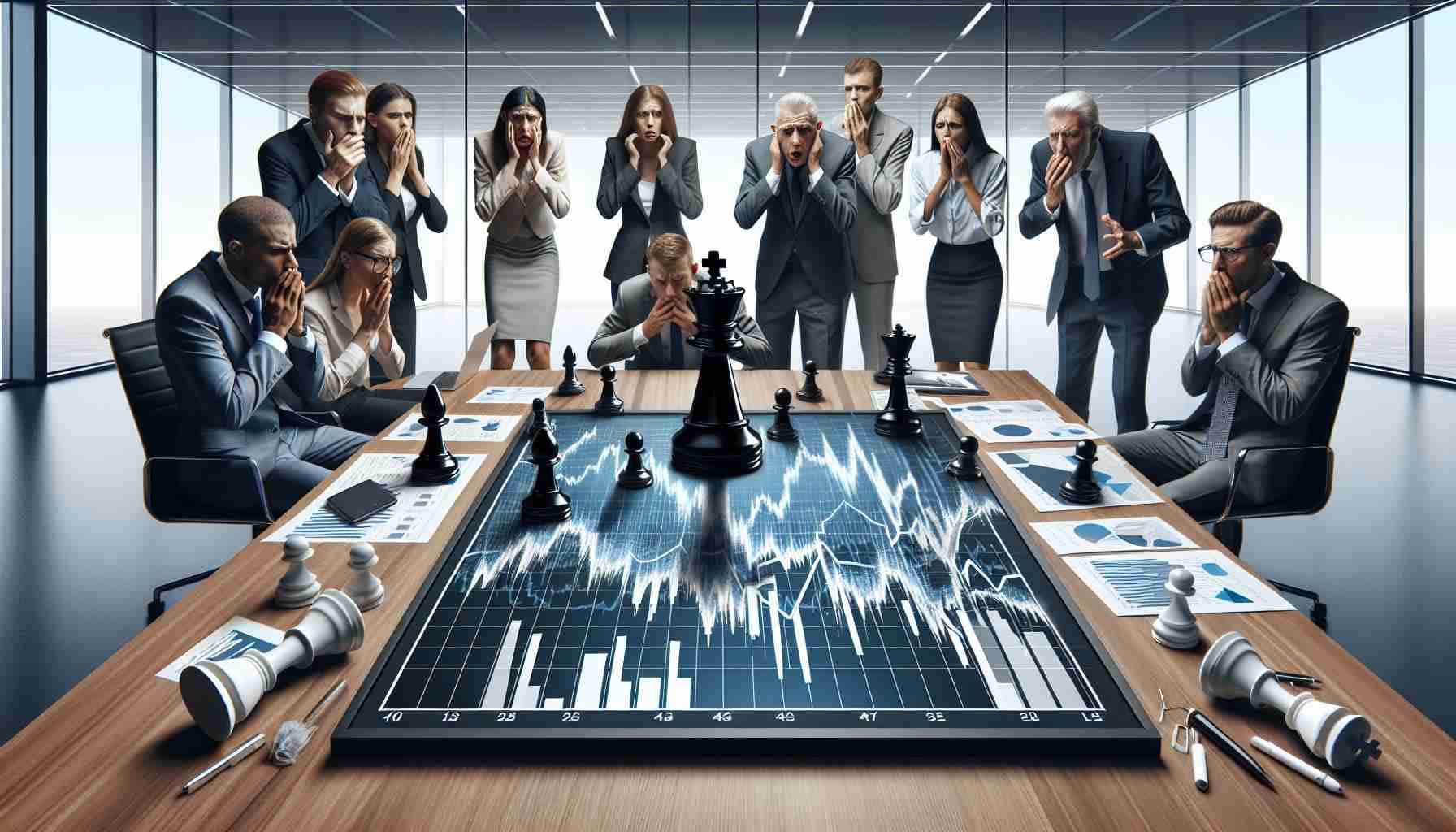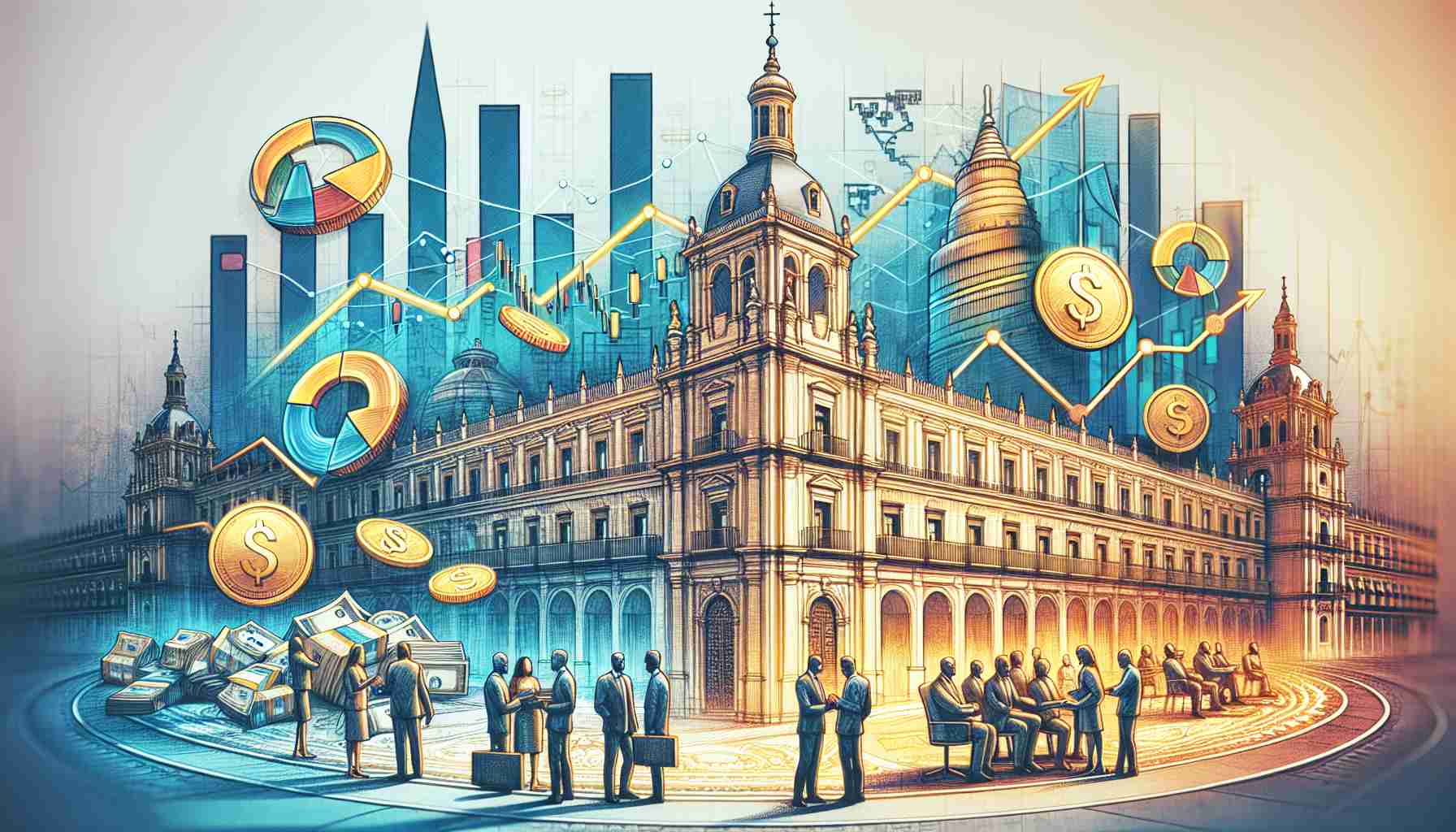A revolutionary new milestone has been set in the art world with the sale of a ground-breaking piece created by the humanoid robot artist, Ai-Da. The artwork, a vivid depiction titled “A.I. God”, dramatically surpassed expectations at a prestigious Sotheby’s Digital Art Sale, achieving an astounding price of $1,084,800 (£836,667).
Ai-Da: Redefining Artistic Boundaries
Ai-Da, recognized as one of the most sophisticated humanoid artists, has achieved a formidable place in art history with this record-breaking sale. The robot’s creation managed to fetch nearly ten times its projected value, which had been estimated between $120,000 and $180,000 (£93,000 and £140,000). This astonishing financial achievement reflects the increasing value and intrigue surrounding digital and AI-generated artworks.
Pioneers in Robotic Creativity
Ai-Da is no ordinary artist. Programmed and designed to push the limits of creativity, the robot possesses the ability to combine mathematical precision with artistic flair, demonstrating a complex blend of technology and artistic expression. The recent sale has not only marked a significant financial success but also highlighted the growing influence of artificial intelligence in creative spheres.
The Future of Art?
This unprecedented event raises important questions about the future of art and technology’s role within it. As Ai-Da continues to captivate the art community, anticipation grows regarding what further innovations and disruptions AI can bring to the cultural landscape. The sale of “A.I. God” may merely be the beginning of a new era where technology becomes an artist in its own right.
Embracing the Future of Art: Tips and Facts on AI-Generated Creations
The art world is abuzz with the groundbreaking sale of “A.I. God,” a piece by the humanoid robot artist, Ai-Da. As technology continues to integrate with creative processes, it’s essential to stay informed and inspired by this evolving landscape. Below, we present tips, life hacks, and fascinating insights about AI in the art world.
Tips for Collecting AI Art
1. Educate Yourself on AI Art
Understanding the basics of how AI-generated art is created can enhance your appreciation and valuation of such pieces. AI art integrates algorithms, neural networks, and sometimes machine learning to formulate artworks. Getting familiar with terminology and processes will allow you to make informed purchasing decisions.
2. Evaluate Authenticity and Origin
When purchasing AI artwork, always verify the origin of the piece. Does the sale come from a reputable source like Sotheby’s? Engagement with prestigious platforms often attests to the value and authenticity of the work.
3. Consider the Artist’s Vision and Message
While AI is the tool, the human element in programming—the artist’s vision—remains vital. Research the thematic elements or intended messages behind the artworks, as creators often collaborate with AI to express a deeper narrative.
Life Hacks for Appreciating AI Art
1. Explore Virtual and Augmented Reality Exhibitions
Many galleries are leveraging VR and AR to offer immersive experiences. Tuning into such virtual tours or exhibitions can provide a unique way to engage with art pieces, including those created by AI.
2. Join Online Communities and Forums
Engage with others who have a keen interest in AI and digital art. Platforms like Reddit, Discord, or specialized forums are teeming with discussions and insights about the latest trends and key players in the scene.
Interesting Facts About AI in Art
1. AI’s Influence Across Diverse Art Forms
Beyond visual arts, AI is making its mark in music, literature, and performance art. AI algorithms have composed symphonies and written stories, demonstrating versatile creativity.
2. AI’s Role in Restoring Classical Art
Developers are using AI to restore and reconstruct damaged or incomplete classical artworks. This advanced analysis involves deep learning to retain the integrity and essence of the masterpiece while repairing it.
3. Environmental Impact of AI Art
While digital, AI-generated artworks consume energy, artists are looking into sustainable computing practices. Some invest in renewable energy resources to manage the carbon footprint of their AI art processes.
As AI, like Ai-Da, sparks innovation and challenges our preconceptions of creativity, it opens up new avenues for artistic expression. This transformation presents an exciting frontier for both creators and collectors in the art world.






















